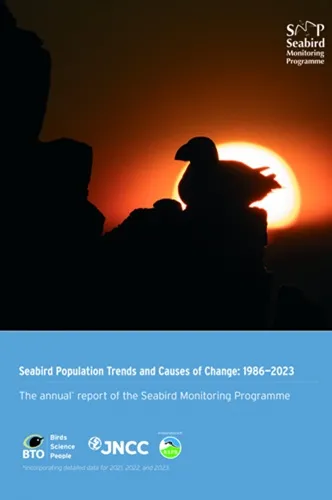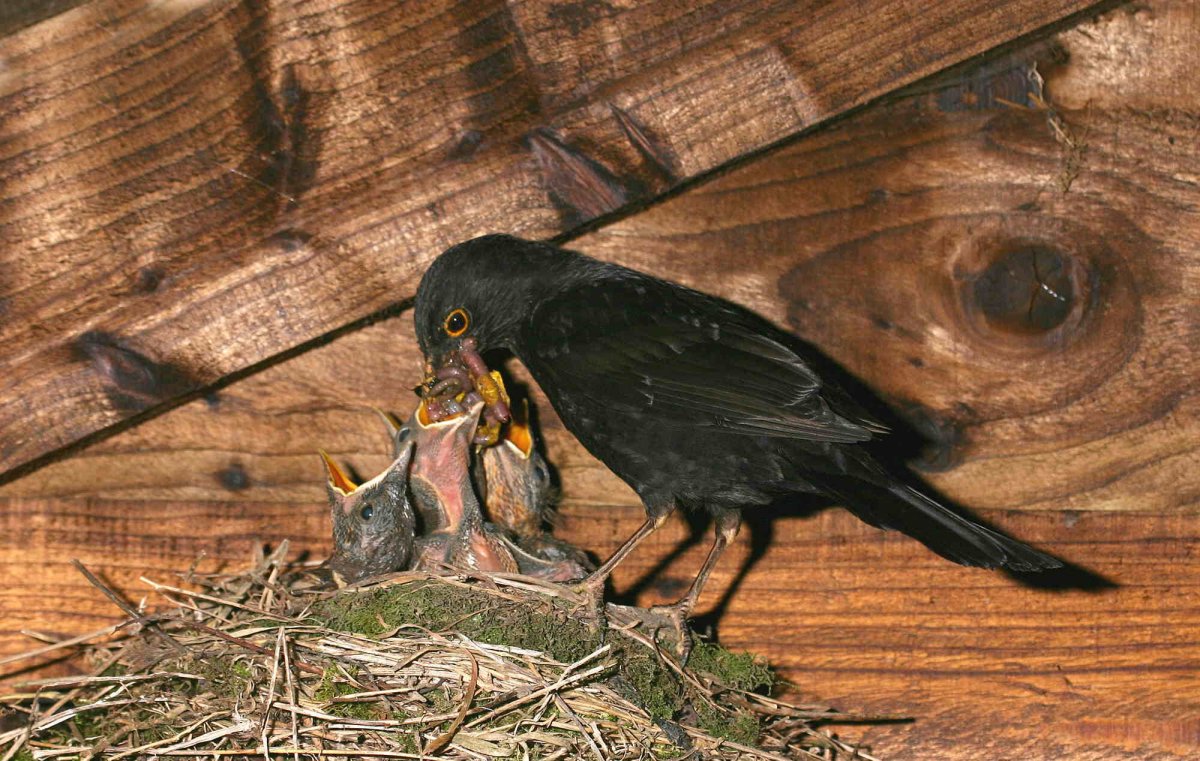BTO create and publish a variety of important articles, papers, journals and other publications, independently and with our partners, for organisations, government and the private sector. Some of our publications (books, guides and atlases) are also available to buy in our online shop.
Annual report of the Seabird Monitoring Programme
Seabird Population Trends and Causes of Change: 1986–2023
This report presents the latest seabird population trends in breeding abundance and productivity using data from the Seabird Monitoring Programme (SMP).
The report documents changes in the abundance and productivity of breeding seabird species in Britain and Ireland from 1986 to 2023, and provides a detailed account of the 2021, 2022 and 2023 breeding seasons.

Search settings
LifeCycle - Issue 4, Autumn 2016
Author: BTO / Multiple
Published: Autumn 2016
Issue 4 contains the second in our two-part series on mist-netting waders as well as a guide to monitoring Tawny Owls and articles on tracking Nightingales, how your NRS data is informing conservation policy, and more.
04.11.16
Magazines Lifecycle
Multi-state multi-stage modeling of nest-success suggests interaction between weather and land-use
Author: Miller, M. W., Leech, D. I., Pearce-Higgins, J. W. & Robinson, R. A.
Published: 2016
A common issue that many analysts of biological data encounter is that of detectability. For a human population we can (in principle) count every individual. For wildlife though, things are trickier, and only rarely is this possible. Bird’s nests are a good example of this - we cannot find every nest. Some are well hidden, some are out of reach, and some we just miss. When we do find a nest, it is rarely right at the start of egg-laying, mostly we find them when they already have eggs or chicks in them.
01.11.16
Papers

First formal estimate of the world population of the Critically Endangered spoon-billed sandpiper Calidris pygmaea
Author: Clark, N.A., Anderson, G.Q.A., Li, J., Syroechkovskiy, E.E., Tomkovich, P.S., Zöckler, C., Lee, R. & Green, R.E.
Published: 2016
29.10.16
Papers
Impacts of climate change on national biodiversity population trends
Author: Martay, B., Brewer, M.J., Elston, D.A., Bell, J.R., Harrington, R., Brereton, T.M., Barlow, K.E., Botham, M.S. & Pearce-Higgins, J.W.
Published: 2016
Climate change is a much discussed topic. There has been significant warming in the UK since the 1960s, with land temperature from 2005-2014 0.9°C higher than the 1961-1990 mean, and detectable shifts in rainfall patterns. During this time, there have been significant changes in biodiversity too, with long-term declines in some of our bird species, such as on farmland and in woodland, and in our moths. Other taxa have seen increases however, including some of our mammal species like deer. An important component of our work at BTO is to identify the causes of population changes in our biodiversity. Here, we consider the role that climate change may have played in driving some of these long-term trends.
04.10.16
Papers